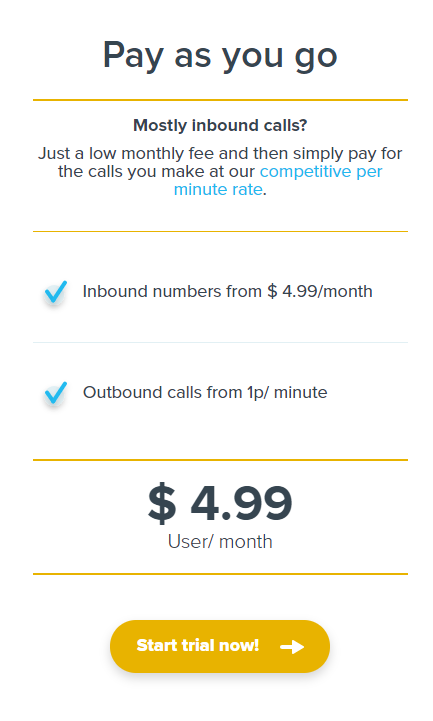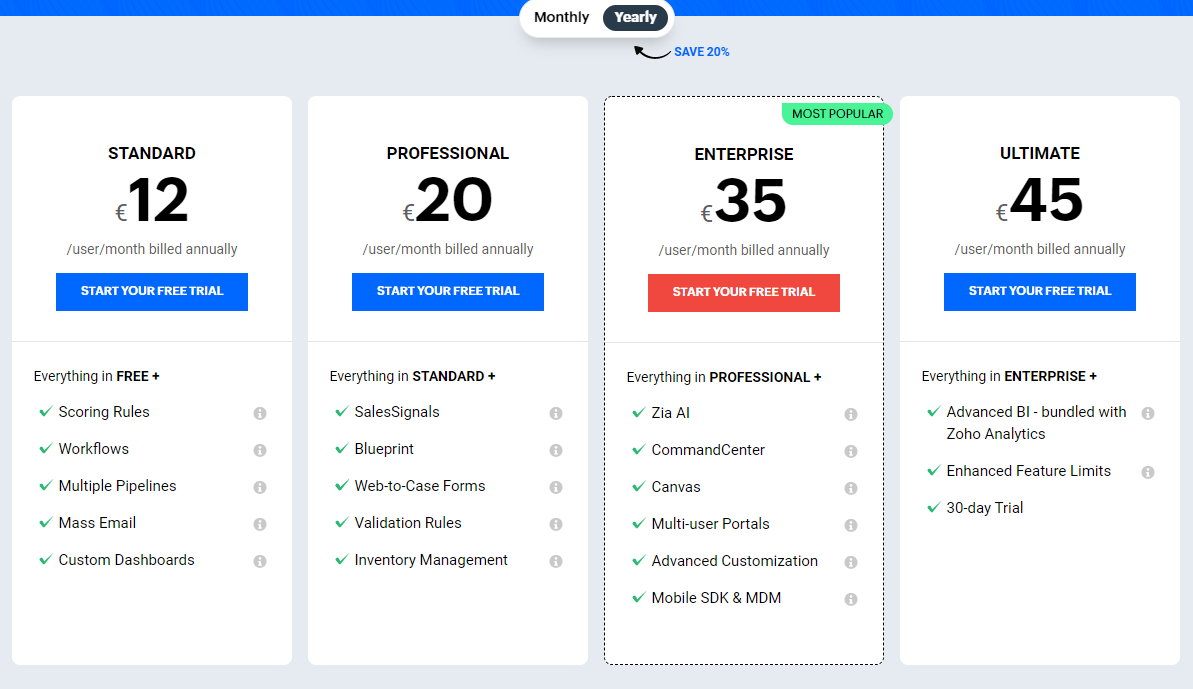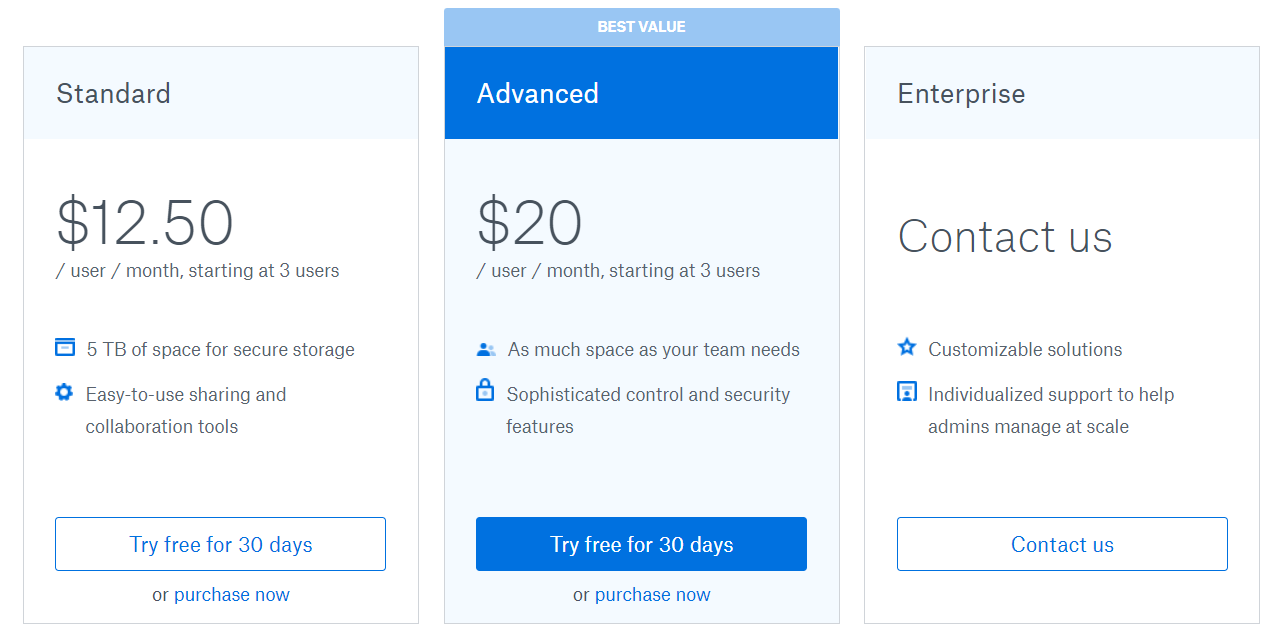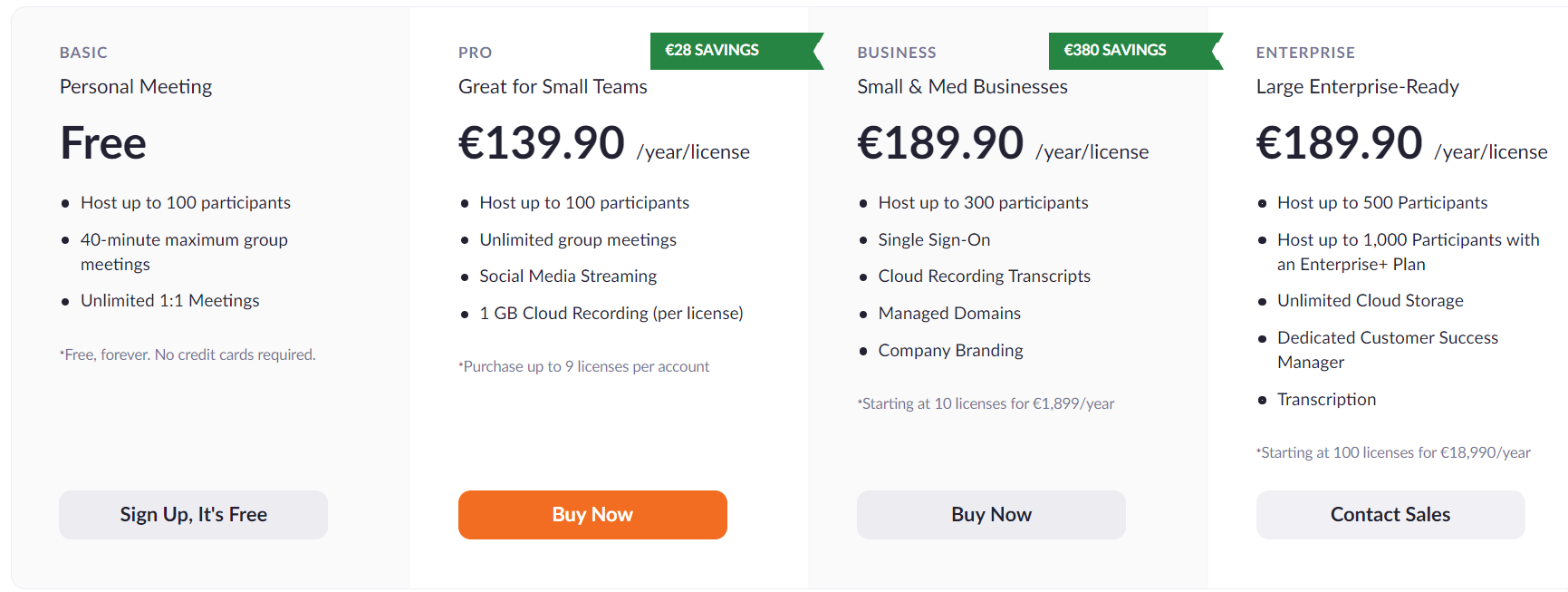In any business it is always a tough decision to put a price on your product, but in a SaaS business it takes on vital importance. In a digital business it is even more relevant a good price that makes it well accepted by users.
When selecting what your ideal price will be, it is very important to do a previous job to know the characteristics of your product, market and customers. All the information you get will be important when setting the price of your product.
- Where are you positioned in the market?
- Which customers do you want to have or do you have?
- How many customers can you serve?
- Do you want to have different levels of service?
- Is your product for long-term or short-lived users?
- Do you serve companies, customers, or both?
Knowing all these aspects will make you have a more global view of your business. You should be clear that you also must put yourself from the consumer’s perspective to understand your product.
Pricing models for your SaaS product
For selection the price of your product there are three divisions of methods, depending on the approach you want to give it. We talk about pricing models, pricing strategies and psychological resources. We will focus on the first, the pricing models.
There are endless pricing models that you can make on your SaaS product. To do this, you must consider the previous information on the knowledge of your product. You should not treat your product above or below its value or it will bring you problems.
If you overvalue your product you will generate rejection about people, as they will not feel made for the price they are paying. On the other hand, if you underestimate your product, you will have an audience happy for the value for money, but your income will be minimal and you will surely not be able to face the day-to-day life of your company. This situation will cause you to not be able to have a good maintenance of the tool.
Both are dangerous situations so we should try to get as close as possible to our perfect price.
Here are some of the examples of pricing models that many SaaS companies follow to help you choose which one is best for you.
Flat fee
It’s the simplest way to sell your SaaS products. It is designed for companies that only offer one product with its unique characteristics and at a unit price.
It is not one of the most widely used methods. At present it is often given different approaches to products and this method is left for very special products.
Within its advantages we know that it is an easy way to sell and communicate, since you do not put the user in doubt which plan to choose. When communicating it is also quite easy, without complications to explain many characteristics or doubts.
On the other hand, they have clear disadvantages such as the impossibility of bringing an added value to each client. In addition, it comes that you only have one opportunity to attract customers, that is, if a lead does not see your offer interesting, it is so uncompromising that it will be impossible to convince you.
Example: Globe2CRM in its pricing strategy decides to compare with Insightly and Zoho. In its comparison it shows your company with a one-time price for all services and the other two in their base prices, with a limitation of their services.
 Price depending on your use
Price depending on your use
In this type of price strategies, the cost of the product is directly related to its use, that is, the price will be put by you depending on what you use the application. In many types of business, application usage varies greatly depending on months, making this a perfect strategy for making business cost more flexible.
In this way many companies offer this service, although they do so in two different ways:
- You buy credits, which will be subtracted as you use their service. Sometimes the company puts a time limit on spending those credits.
- Based simply on usage, you will pay a minimum installation fee, usage fee, and support, and from there, you will start paying for the use you give to the installation. These payment methods are usually connected to some other payment software as a provider.
With this model, consumption is reduced compared to other price-setting. This means that it will be an incentive for the consumer and will make your product more attractive.
Example: VoIPstudio, an international provider of VoIP telephony, allows you to make calls over the Internet. It is a perfect business model for applying this pricing method.

VoIPstudio have on their page a list of prices per minute, country and other influential features in calls.
This type of pricing has the advantage of reducing barriers to use and being fairer for the customer-company relationship. They also generate the company according to the work they are reported, that is, a client who saturates the system or who uses it a lot,will payaccordingly. This will cause no problems with those customers as, on other models, those customerspay the maximum rate and overuse the tool. This often means that the company cannot accommodate those customers.
On the other hand, flexibility also has negative aspects. If you don’t get stuck at fixed prices, both the company and the customer can’t have a reliable way to forecast their income and expenses. This in the long run will be less problematic when you have data from other years that will help you estimate for months.
Scaled prices strategy
The above two strategies are not as used as this. In this case we talk about a method of fixing products in which depending on the fee you pay you will have access to some or other features. It is one of the options that SaaS companies resort to the most, as it is very attractive to the customer and offers great adaptability. Most normally they offer between 3 and 4 price options (cheap, normal and expensive), sometimes adding some special option.
Referencing the first example, Zoho CRM has a type of strategy like this, including 4 types of quotas, with the special for companies.

It is also observed how this strategy accommodates companies offering certain discounts when purchasing annual packs. For the company these annual plans will be important as they make them have a realistic forecast of their longer-term income.
If this strategy is so famous it is because it makes it very flexible to adapt multiple people, making everyone able to pay for the utility it gives to the application. With this system you won’t overwhelm users who need low quotas for their needs and create a clear upgrade path for those who need greater utilities.
On the contrary, if you don’t make it clear it can be a difficult decision for the customer to choose one plan or another. You don’t need to create many packages to suit the whole audience, it is impossible, and it is counterproductive. Compared to the “Pay as yo go” strategy, in this one if users with the maximum rates make very intensive use of the tool, you will not be able to raise enough revenue to compensate.
Price for each user
This strategy is another of the queens within the SaaS sector. Many companies choose to have their tool paid for individually for each customer. In this way, they raise the price stepwise for each account that is made. That is, if with a user you pay 10 euros, with two users you will pay 20 euros and if, with 3 users you will pay 30 euros.
It is a strategy that goes well for certain types of business. One of the examples is in the previous example, where it is specified in each “per user” plan. Another of the clearest examples, we have them in one of the largest companies in the world, Google, which has a per-user strategy for Google Suite.

Another example of a company that uses this type of strategy would be Pipedrive, a sales management software, which clearly explains in its pricing plan, that the price is per customer.

This method has the advantages of simplicity, since once you have it adopted you know at what price you must adjust to add users. It also offers you good forecasts of your income, thus being safer your business.
As always, there are also negative aspects, which in this case are linked to the fact of the barrier to adding users. This method favors “cheating” by companies, which duplicate their accounts for use by multiple employees. Likewise, it facilitates abandonment, because being able to generate duplication will make it easier to leave the application for 10 people than for 100 people.
There is another modality within this strategy that is “by active users”. It simply consists of collecting the amounts of users who use your account, so companies don’t have to pay for users who haven’t used the account that month.
Featuring prices
Another way to segment prices is because of the features you offer users. Many companies choose to leave the most premium features for users with higher quotas.
It is one of the most widely used strategies, as it is very moldable and lets users choose what suits them best. In this section we have the example of the Dropbox pricing strategy,cross-platform file-sharing service in the cloud. They also have the “per user” pricing feature. That is, you have segmented the product from the point of view of the features and from the point of view of the number of users who use it.

The advantages for companies that can take advantage of their customers a lot, because if they have a good application they will end up getting many upgrades. They can also measure how much they want to give their best characteristics, thus measuring the work they have put into it or the value they think they offer.
The biggest disadvantage is that it will be very difficult to adjust those parameters to relate price, needs and work that has cost us. Another con is that it will be easy to create a sense of frustration to the user by not having all the features they need and being very expensive the next step of prices.
Freemium business model.
One of the most accepted models is the Freemium model. The word itself gives clues about the type of model we are talking about (Free + Premium). This pricing strategy offers the product for free, a basic version. It is like a kind of permanent Demo, in which the product is offered, but very trimmed, with the basic functionalities.
One of the most note-laying examples is the Zoom Pricing Strategy, a platform for video calls and virtual meetings. It offers you the possibility to use its program and try the video calls for free, but restrict the time of the video call and the number of people who may be in it. In their paidvideos they already give you capabilities to make video calls with unlimited time, access to programs in the cloud, streaming on social networks…
 One of the biggest advantages of this strategy is that you skip the most difficult step, the initial adoption step, because being free to try it, if you have a good application, it will be very easy to attract paid customers. This also favors word of mouth. When your app has good initial acceptance, it is easy to be recommended. If it is a sharing app like Zoom, it is easy to expand quickly.
One of the biggest advantages of this strategy is that you skip the most difficult step, the initial adoption step, because being free to try it, if you have a good application, it will be very easy to attract paid customers. This also favors word of mouth. When your app has good initial acceptance, it is easy to be recommended. If it is a sharing app like Zoom, it is easy to expand quickly.
In the same way, you are exposed to not receiving any income by users who are satisfied or who accommodate the product in its free version. We can also generate in users feelings of paying for something they could have for free, having a high abandonment rate since there are no major barriers.
If you have questions about the internationalization of your SaaS product, you can always take a look at our eBook.
